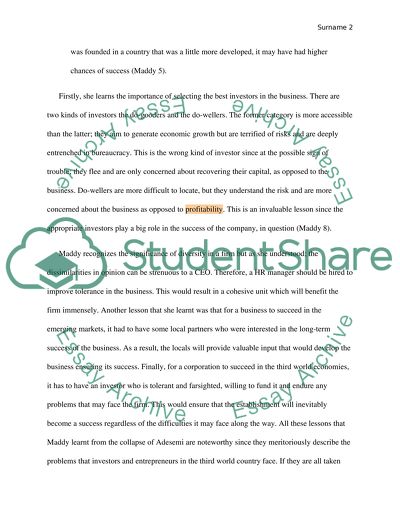Cite this document
(“Dream Deferred: The Story of a High-Tech Entrepreneur in a Low-Tech Case Study”, n.d.)
Retrieved from https://studentshare.org/finance-accounting/1497548-dream-deferred-the-story-of-a-high-tech
Retrieved from https://studentshare.org/finance-accounting/1497548-dream-deferred-the-story-of-a-high-tech
(Dream Deferred: The Story of a High-Tech Entrepreneur in a Low-Tech Case Study)
https://studentshare.org/finance-accounting/1497548-dream-deferred-the-story-of-a-high-tech.
https://studentshare.org/finance-accounting/1497548-dream-deferred-the-story-of-a-high-tech.
“Dream Deferred: The Story of a High-Tech Entrepreneur in a Low-Tech Case Study”, n.d. https://studentshare.org/finance-accounting/1497548-dream-deferred-the-story-of-a-high-tech.


